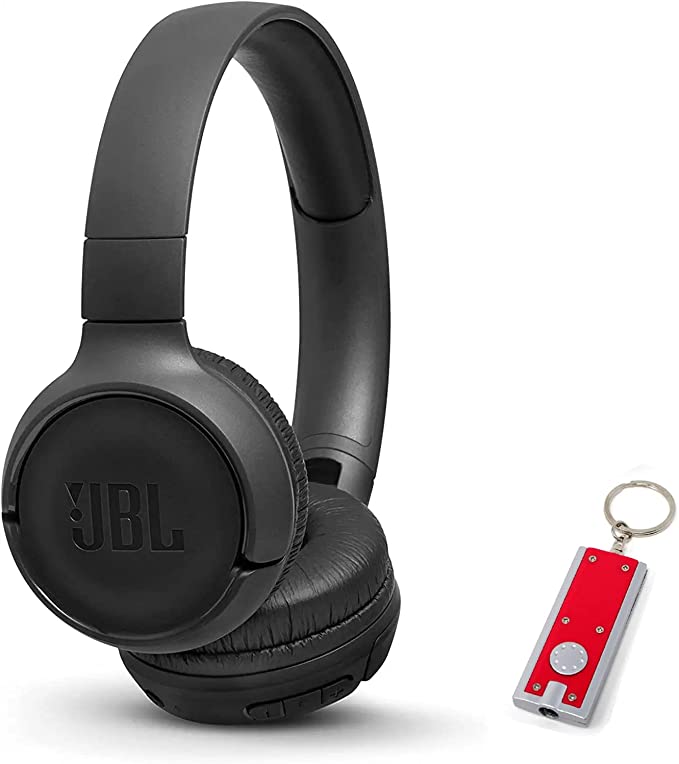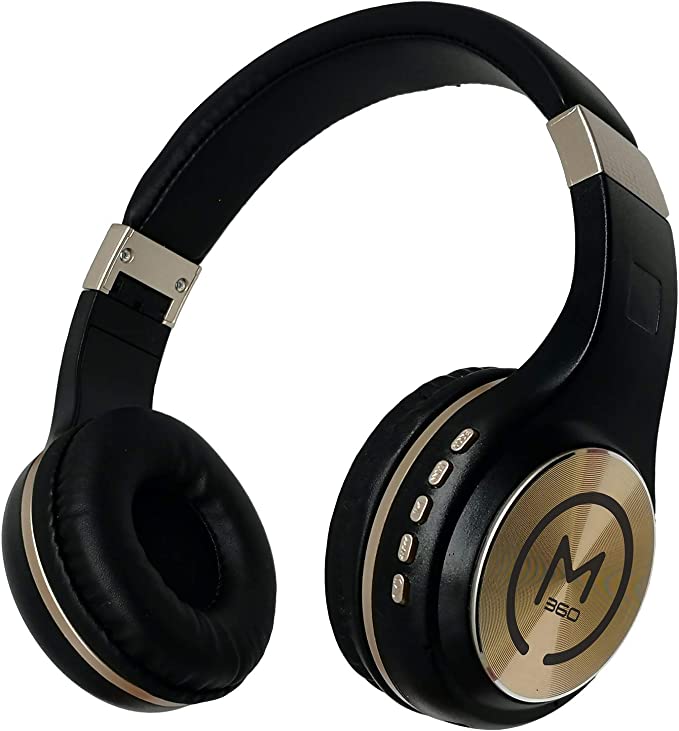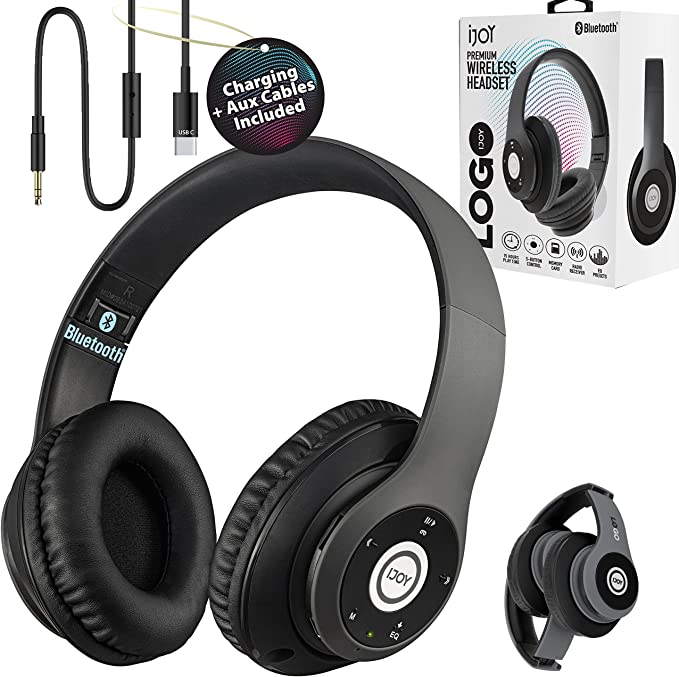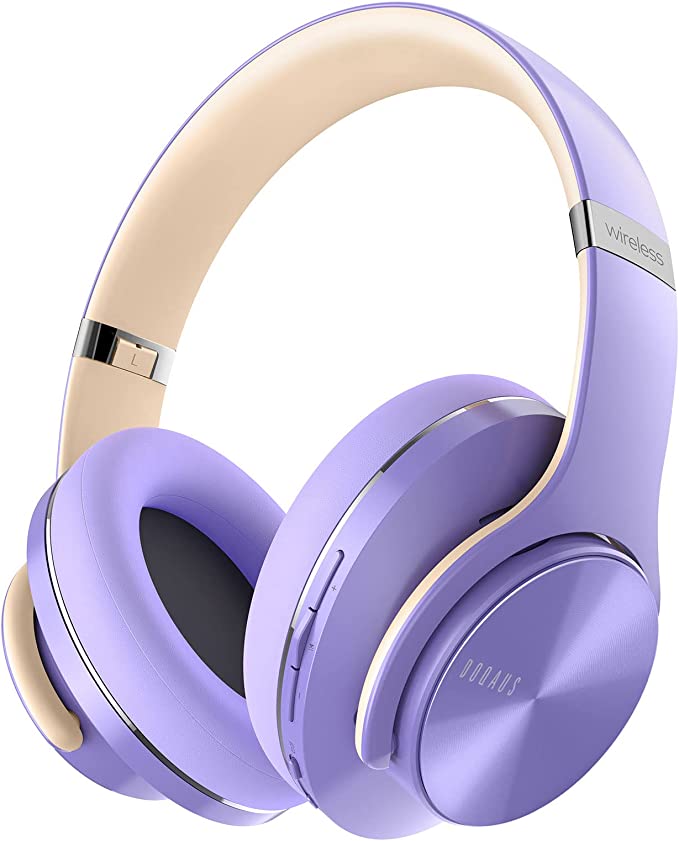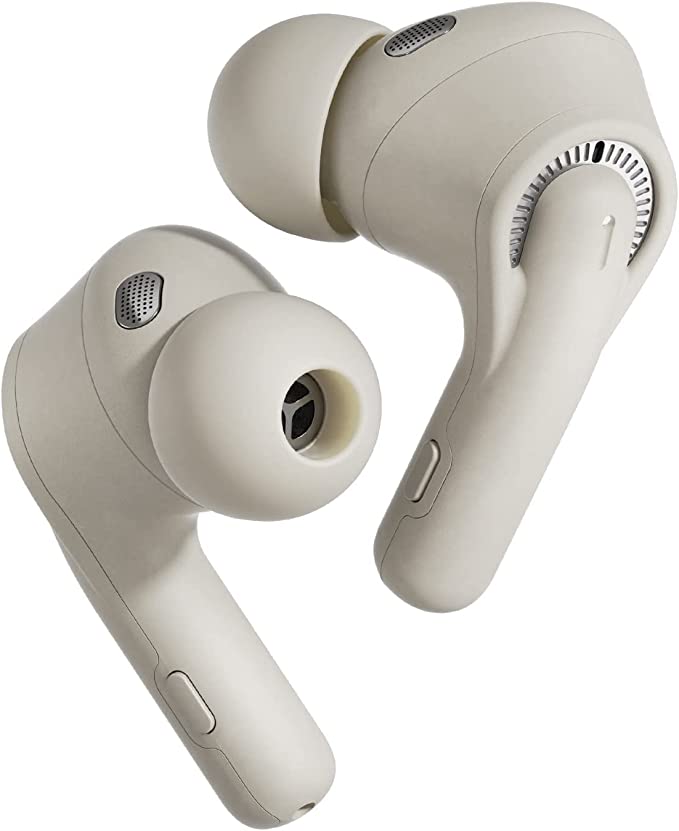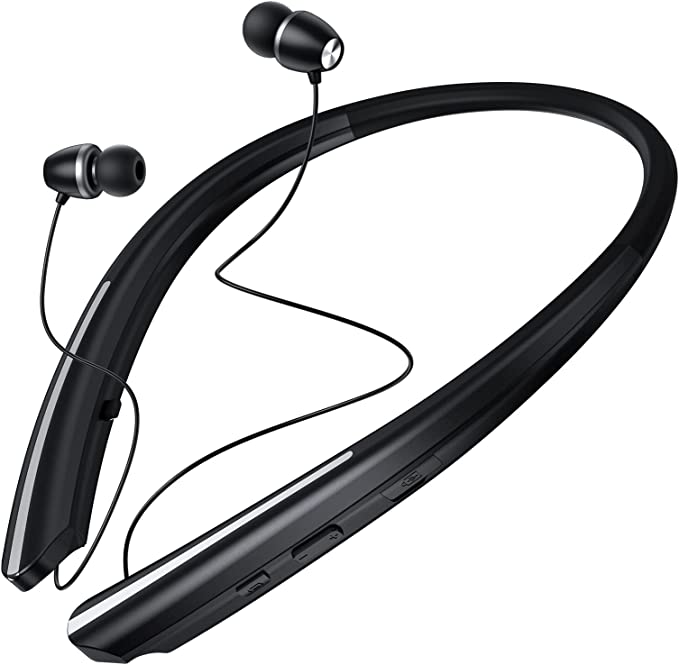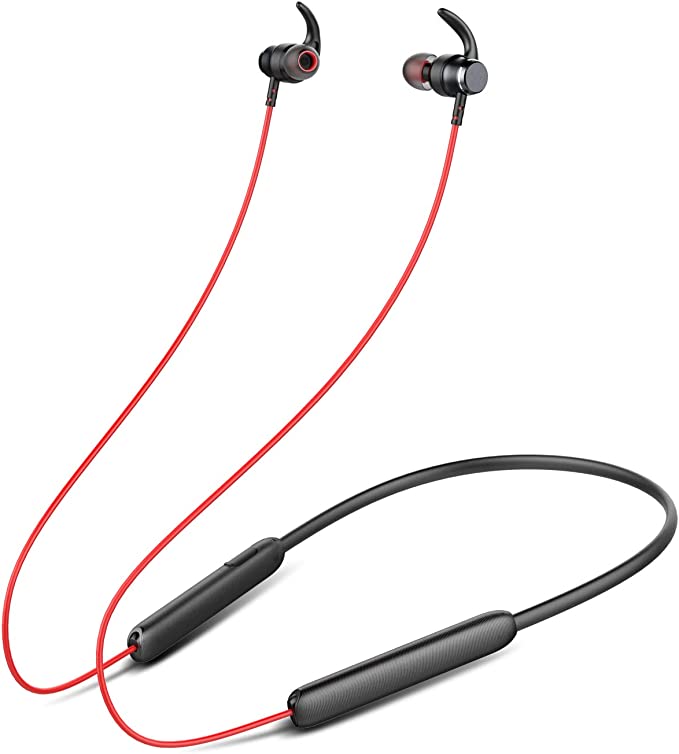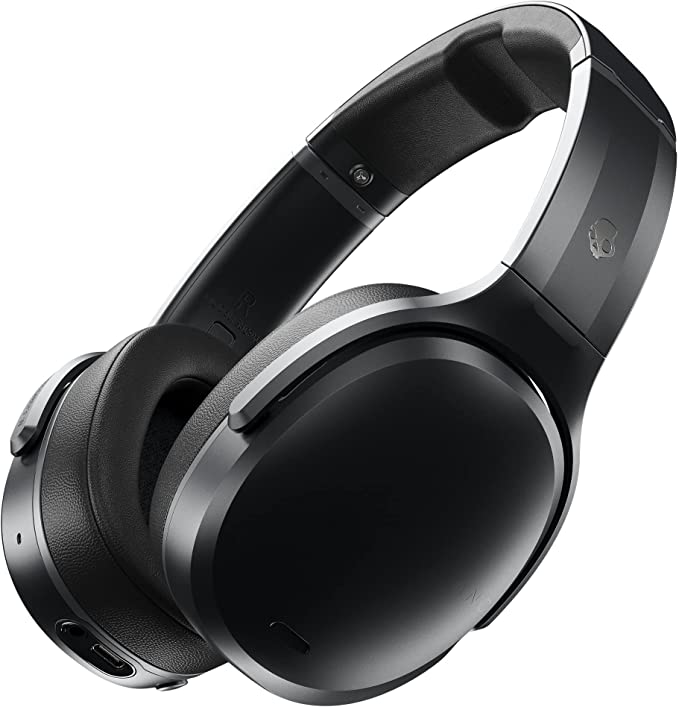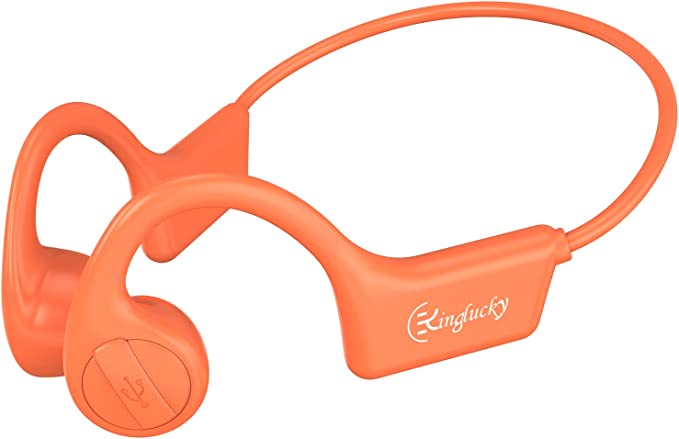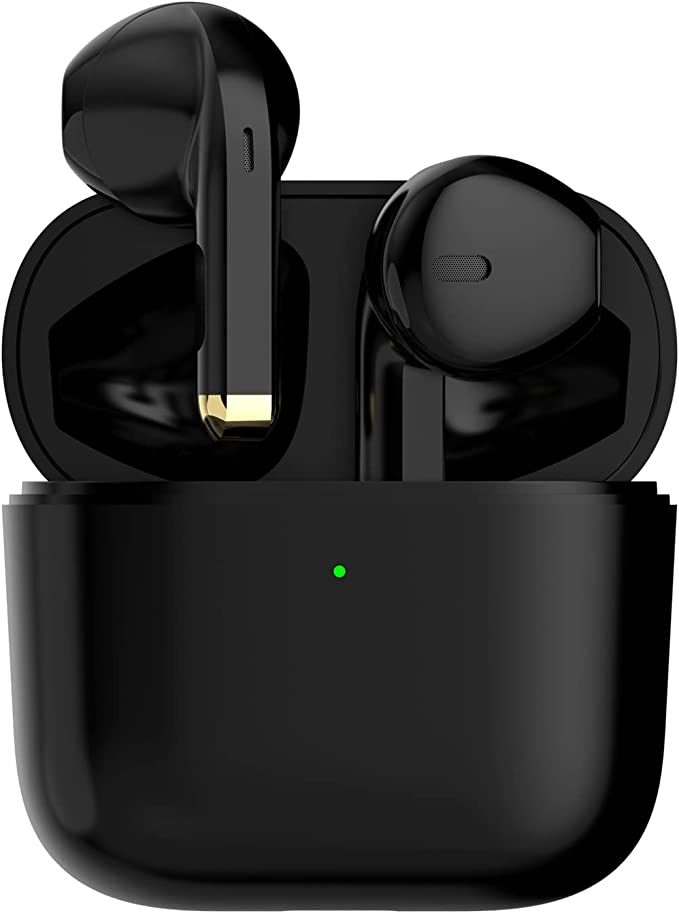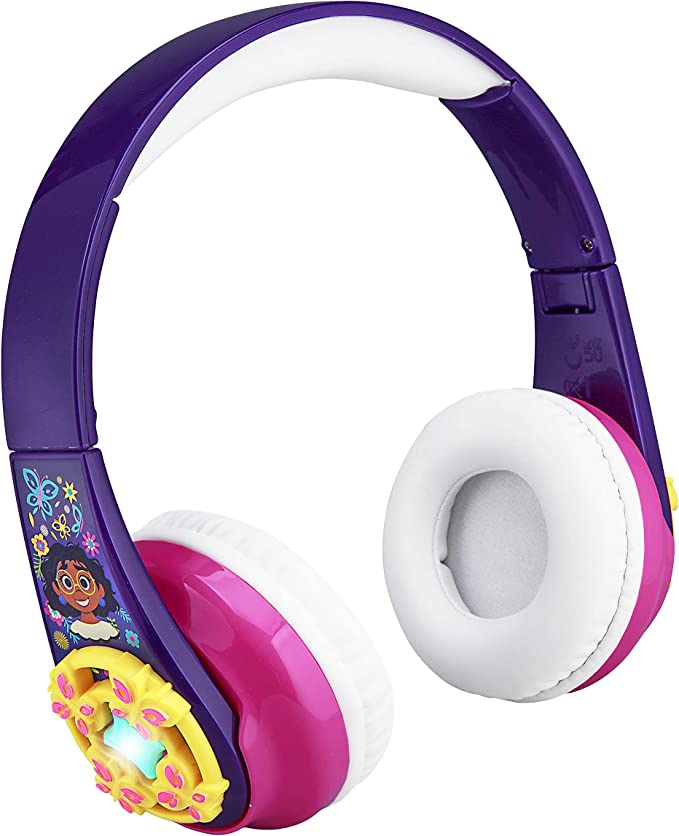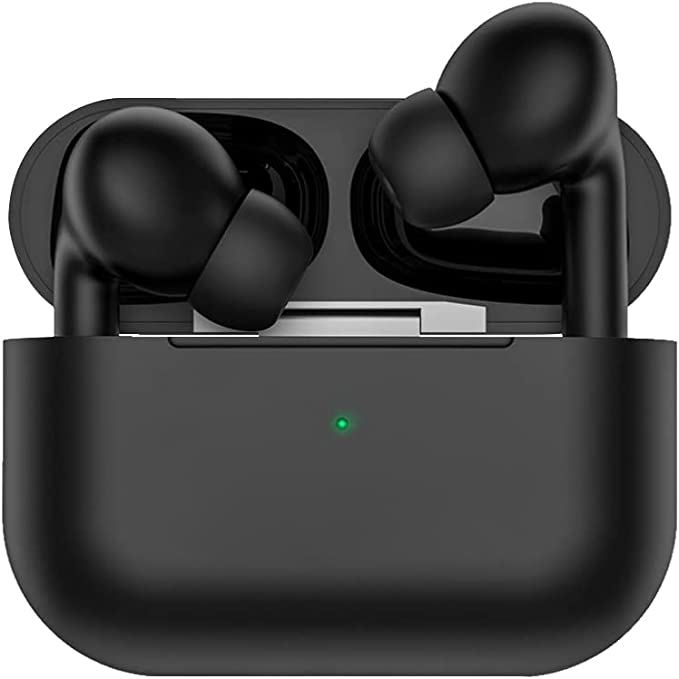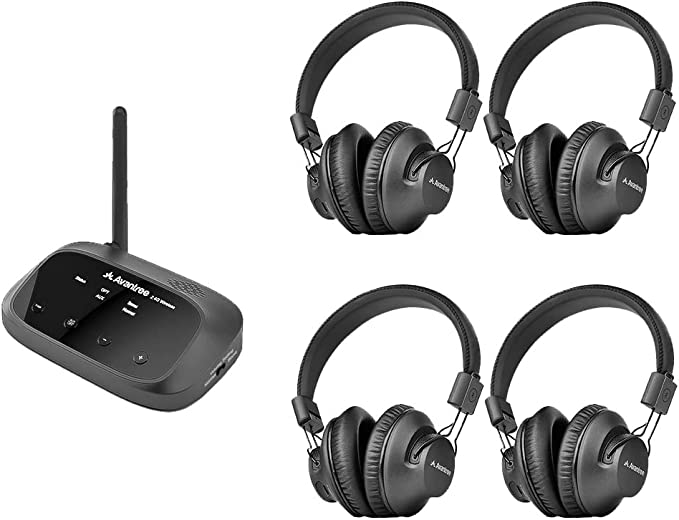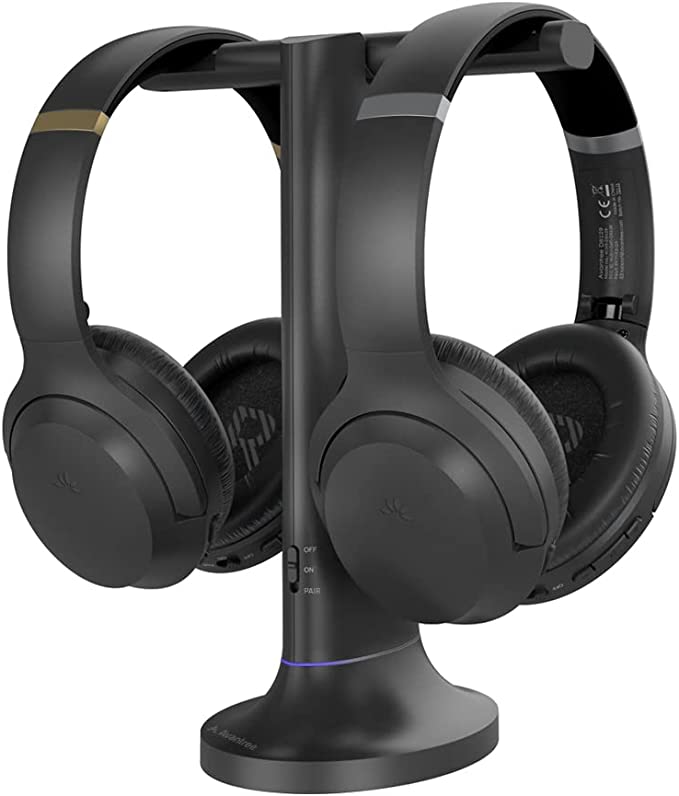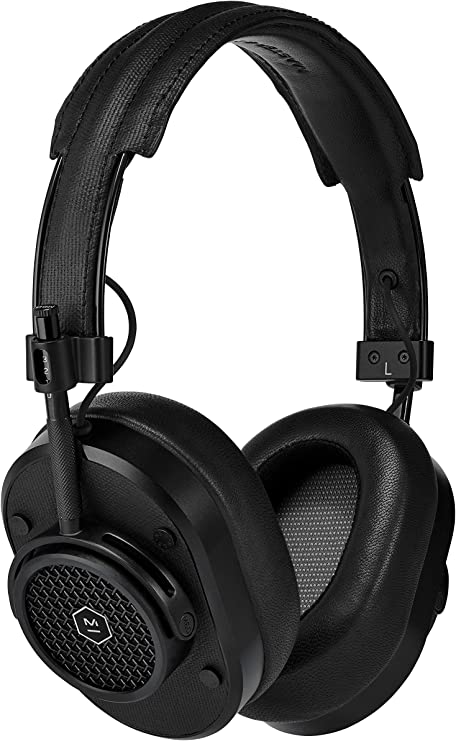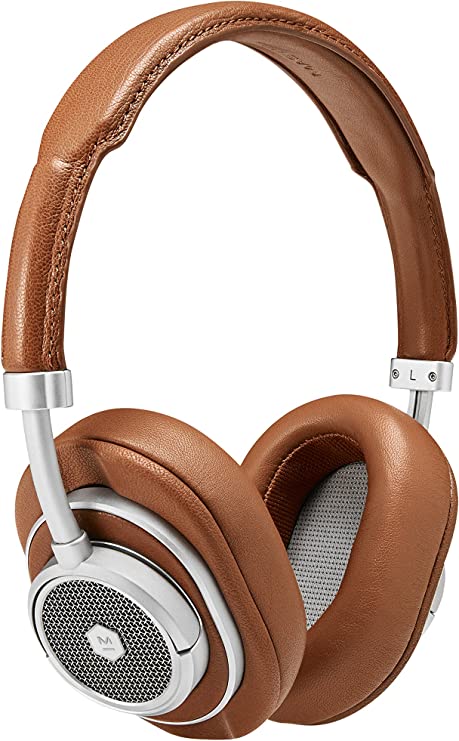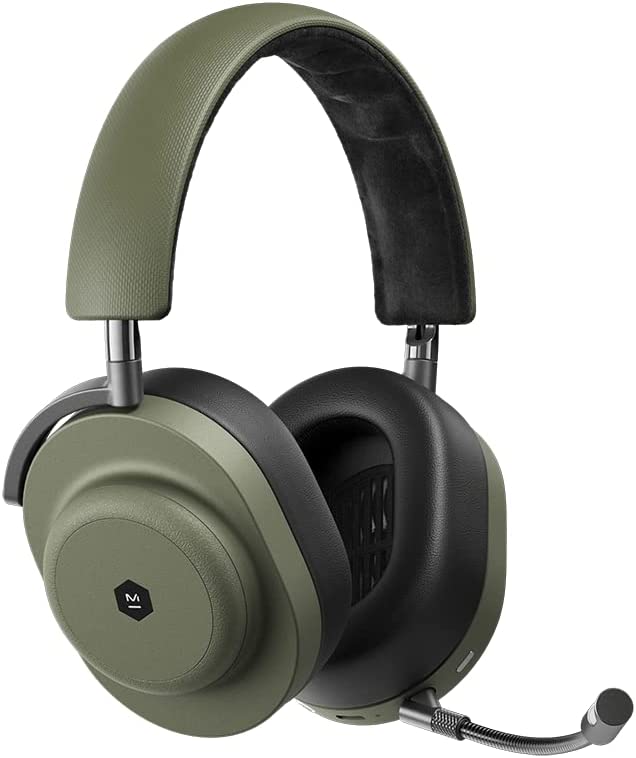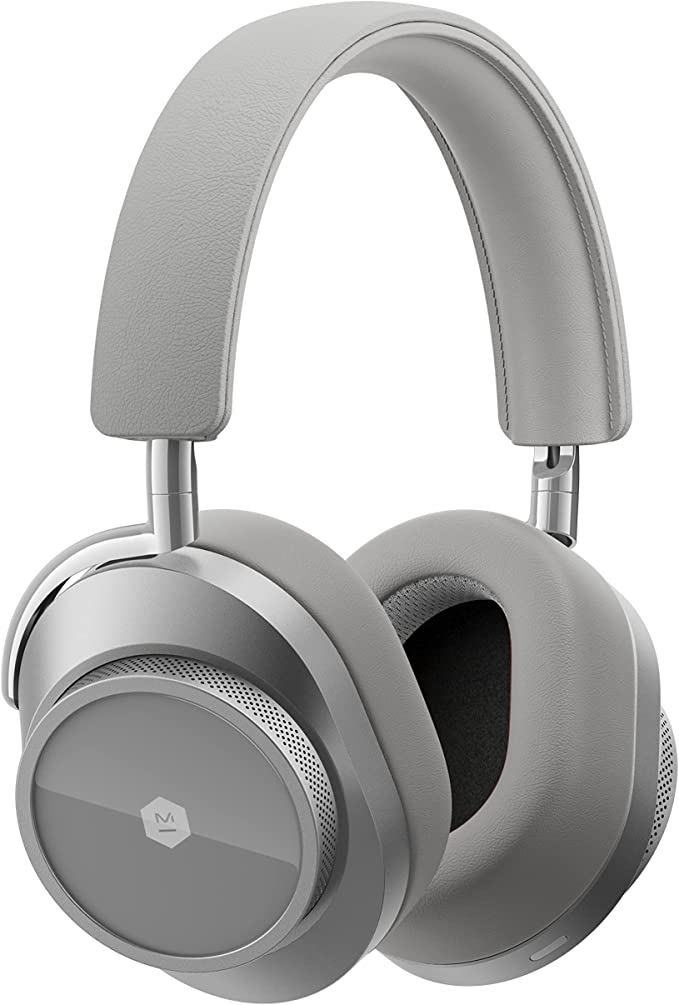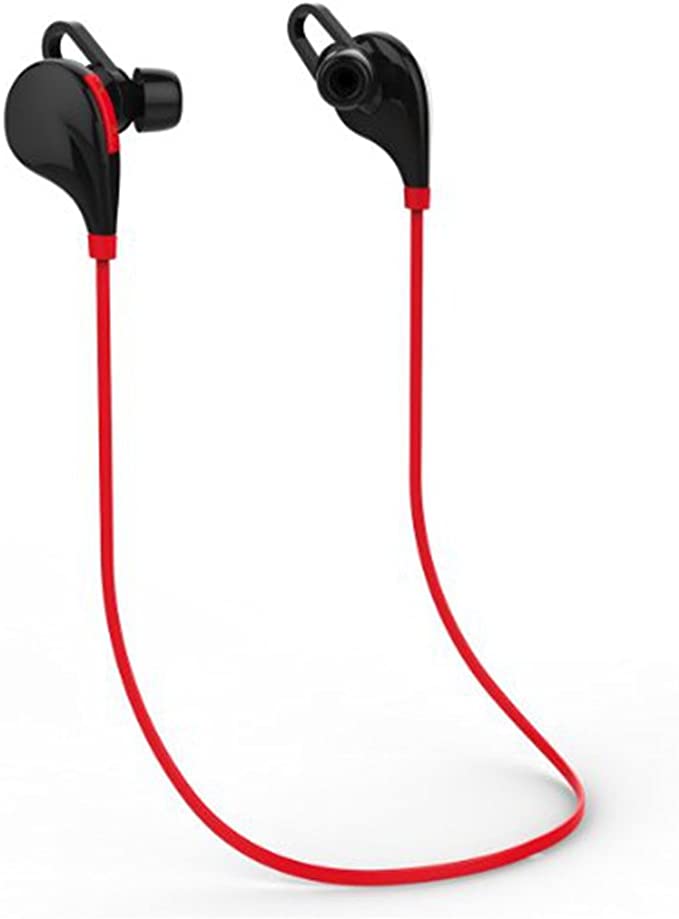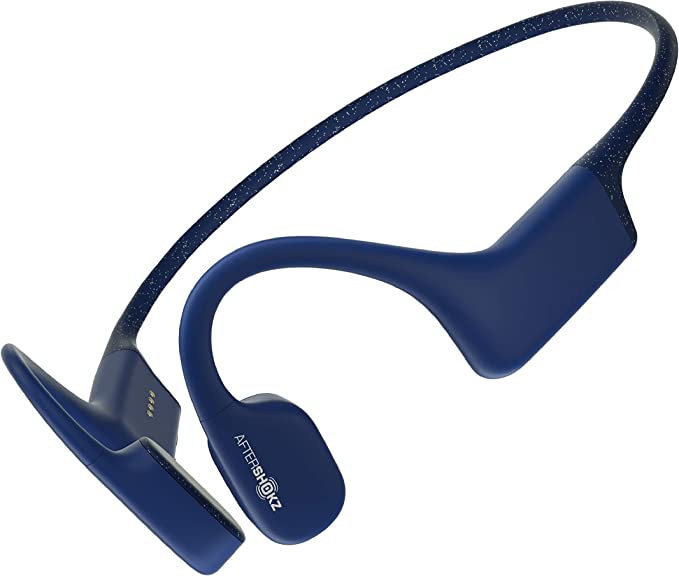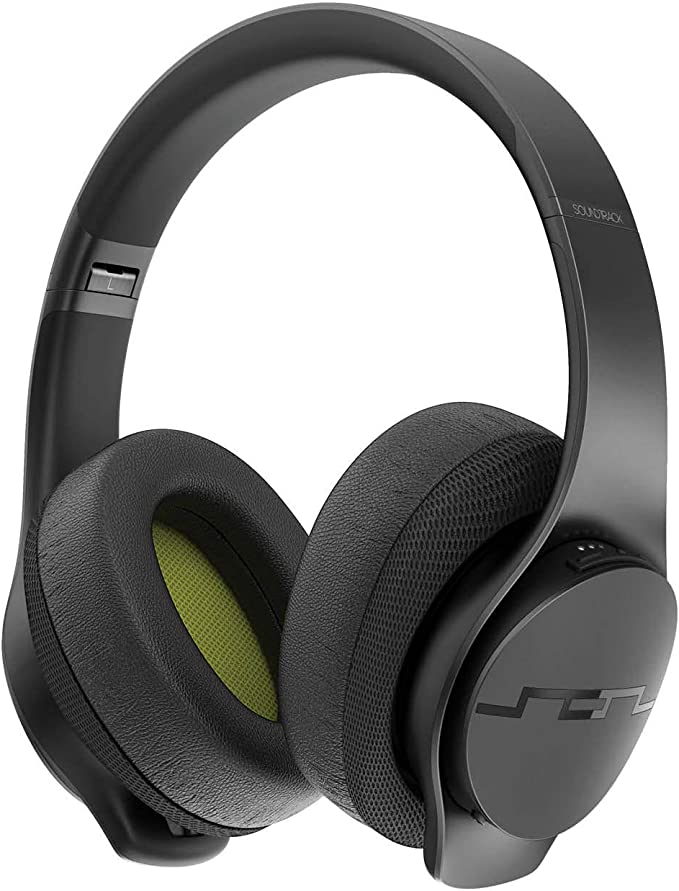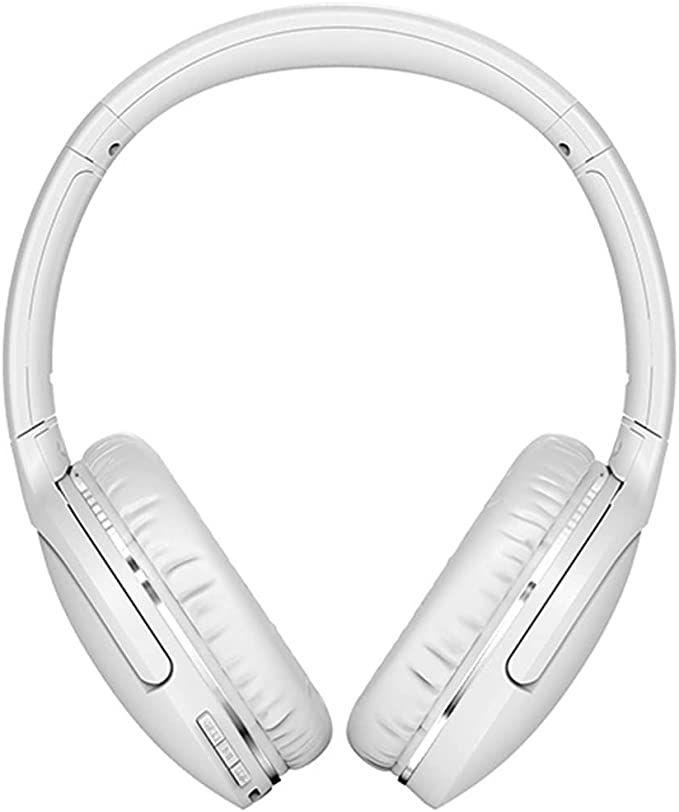JBL Everest 110 In-Ear Wireless Headphones: The Science of Untethered Sound and Clear Communication
Update on May 15, 2025, 5:35 a.m.
We live in an age saturated with sound, yet we increasingly crave our own personal soundscapes. It’s a desire that goes far beyond simply blocking out the noise of the world; it’s about crafting an intimate auditory experience, whether that’s being lost in the intricate layers of a favorite symphony, staying connected through crystal-clear conversations, or finding focus with a curated playlist. Compact devices like the JBL Everest 110 in-Ear Wireless Headphones promise to deliver these experiences, but have you ever paused to consider the intricate tapestry of science and engineering woven into such seemingly simple earbuds? Join me as we embark on a fascinating journey, peeling back the layers to explore the technology that powers your private concerts and seamless communications. It’s a world where physics, material science, and digital processing dance in harmony, right within your ears.

The Invisible Tether: Understanding the Freedom of Bluetooth
The term “wireless” has become almost synonymous with modern convenience, and for our audio experiences, Bluetooth technology is the quiet hero largely responsible for this untethered freedom. The JBL Everest 110 headphones, like countless other personal audio devices, leverage Bluetooth to sever the physical link to your phone or music player. But this is far more than just a simple absence of wires; it’s a sophisticated wireless communication protocol that has steadily evolved since its inception in the late 1990s, initially for data transfer, and later blossoming into a robust standard for audio streaming.
At its heart, Bluetooth operates using short-range radio waves, typically in the 2.4 gigahertz (GHz) Industrial, Scientific, and Medical (ISM) radio band – a busy neighborhood shared with Wi-Fi, microwaves, and other devices. When you “pair” your Everest 110s, they establish a handshake with your source device, creating a personal area network (PAN). This connection isn’t just a continuous open channel; to navigate that crowded 2.4 GHz spectrum and maintain a stable link, Bluetooth employs a clever technique called frequency-hopping spread spectrum (FHSS). Imagine it as your audio data and the control signals rapidly skipping between dozens of different frequencies many times per second, a choreographed dance designed to avoid interference and ensure your music or call doesn’t stutter. Audio data itself is compressed using codecs – think of them as specialized languages for packaging sound efficiently. While the specific codecs supported by the Everest 110 aren’t detailed in the provided information, a baseline like the Subband Codec (SBC) is universally supported, ensuring compatibility. More advanced codecs, when supported by both device and headphones, can offer higher fidelity or lower latency.
The true value of this technology, as embodied in the Everest 110, is liberation. Picture your morning commute: no more snagging wires on a bag strap or fellow passenger. Envision your workout: complete freedom of movement without yanking an earbud out. This is the practical magic of Bluetooth – delivering your sound reliably, without the physical constraints, allowing you to move through your world, accompanied by your chosen soundtrack. The ongoing quest in Bluetooth development continues to push for greater bandwidth, lower energy consumption, and even more robust connections, promising an ever-improving wireless audio future.

Decoding the “Legend”: What Makes “JBL Pro Audio Sound”?
JBL often speaks of its “Legendary JBL Pro Audio Sound,” a phrase that conjures images of powerful concert speakers and meticulously tuned studio monitors. When this claim is scaled down to the tiny enclosure of an in-ear headphone like the JBL Everest 110, what does it truly mean from an engineering perspective? While specific proprietary technologies for this model are not detailed, the pursuit of “pro audio sound” generally hinges on several core principles: achieving a balanced and accurate frequency response, ensuring clarity across the audible spectrum, and delivering a dynamic range that allows both the subtlest whisper and the most powerful crescendo to be heard with definition.
The heart of any headphone, including the Everest 110, is its drivers – essentially miniature speakers. These electro-acoustic transducers are responsible for converting the electrical audio signals sent via Bluetooth back into the sound waves your eardrums perceive. The design of these drivers, the materials used for their diaphragms (the vibrating part), and the magnetic circuitry that powers them are all critical. Equally important is the acoustic chamber – the tiny space within the earbud housing itself. How this chamber is shaped and vented profoundly influences the final sound signature, much like the body of a violin shapes its tone. Engineers strive to tune this system to minimize unwanted resonances and distortions, aiming for a sound that is both engaging and faithful to the original recording.
However, even the most perfectly engineered driver and acoustic chamber can be undermined by a poor fit. This is where the ergonomic design and the inclusion of three earsleeve sizes with the Everest 110 become paramount. A snug, comfortable seal within the ear canal does two crucial things. Firstly, it provides a degree of passive noise isolation, physically blocking out some external ambient sounds, allowing you to focus on your music without having to crank the volume to potentially harmful levels. Secondly, and vitally for audio quality, a proper seal creates a closed acoustic environment necessary for robust bass reproduction. If the seal is loose, low-frequency sounds can “leak” out, resulting in a thin, tinny audio experience. It’s not merely about volume; it’s about the fidelity, the richness, and the full emotional impact of the sound, all significantly influenced by how well the earbuds interface with your unique ear geometry.
“Can You Hear Me Clearly Now?”: The Art and Science of Echo Cancellation
In our interconnected world, voice calls are a daily staple, and the frustration of a call plagued by echo – where you hear your own voice annoyingly repeated back at you – is an all-too-common experience. The JBL Everest 110 addresses this with a built-in microphone featuring echo-cancellation technology, aiming for what the product description calls “crystal-clear, hands-free calls.”
Acoustic echo in a call typically occurs when the sound output from your headphone’s earpiece is picked up by its own microphone and retransmitted to the person on the other end of the line. They then hear their own voice, delayed, creating a disjointed and often confusing conversation. Echo cancellation is a sophisticated application of Digital Signal Processing (DSP). Imagine a tiny, incredibly fast computer chip inside the headphones constantly listening and analyzing. This DSP works by first generating a model of the path the echo takes from the earpiece to the microphone. When you speak, your voice is the desired signal. When the far-end person speaks, their voice comes out of your earpiece; if some of this leaks and is picked up by your microphone, the DSP identifies this “leaked” signal as an echo based on its characteristics (timing, spectral content) compared to the original signal it just sent to the earpiece. It then generates an “anti-noise” signal that is precisely out of phase with the echo, effectively canceling it out before the audio is transmitted back to the caller.
The result? The person you’re speaking with hears your voice more clearly, without the distracting repetition of their own. This technology is particularly valuable in moderately noisy environments. While it’s not the same as Active Noise Cancellation (ANC) for the listener (which targets ambient environmental noise), echo cancellation for the microphone is crucial for professional-sounding calls, allowing you to, for instance, confidently take that important conference call from a moderately bustling coffee shop or a busy home office, knowing your voice is coming through cleanly.
The Power Within: Sustaining Your Soundtrack with Smart Battery Tech
The convenience of wireless technology hinges on a reliable power source. The JBL Everest 110 boasts up to 8 hours of playtime on a single charge, a testament to the efficiency of modern battery technology packed into its compact form. The unsung hero here is almost certainly a Lithium-ion (or Lithium-polymer) battery, a chemistry that has revolutionized portable electronics due to its high energy density – meaning it can store a lot of energy in a relatively small and lightweight package – and its ability to be recharged hundreds of times with minimal “memory effect.”
Fitting enough battery capacity for 8 hours of continuous audio playback, Bluetooth transmission, and potentially DSP for echo cancellation into the svelte profile of in-ear headphones is a significant engineering feat. It involves a careful balancing act between battery size (and therefore weight and physical earbud dimensions) and desired runtime.
When that power eventually depletes, the anxiety of a long recharge time is mitigated by the Quick Recharge feature, allowing a full 2-hour recharge for the Everest 110. This isn’t just about pumping in more current; it’s managed by sophisticated battery management integrated circuits (BMICs). These “smart” chargers communicate with the battery to optimize the charging current and voltage at different stages of the charging cycle. They might allow for a higher current initially to quickly build up a significant charge, then taper off as the battery approaches full capacity to ensure safety and prolong the battery’s overall lifespan. This thoughtful approach means less downtime and more time enjoying your audio, a quick top-up potentially providing hours of use before you head out the door.
Comfort in Every Contour: The Ergonomic Dance of Design and Fit
Beyond the intricate electronics and acoustic chambers, the physical interface between the headphone and your ear is critical for both comfort and performance. The JBL Everest 110, with its “in-ear” form factor and ergonomic design, aims to sit snugly and comfortably. This isn’t merely an aesthetic consideration; it’s applied science. Human ears are incredibly varied in their size and shape, and designing a “one-size-fits-all” in-ear device that is genuinely comfortable for extended periods is a considerable challenge.
The term “ergonomic” implies that the design has been informed by an understanding of human anatomy and biomechanics. For in-ear headphones, this means shaping the housing to follow the natural curves of the concha (the outer bowl of the ear) and the ear canal entrance. The goal is to distribute pressure evenly, minimizing sore spots, and to provide a stable fit that won’t easily dislodge during normal activity. As previously touched upon, a secure fit is also a cornerstone of achieving good passive sound isolation and optimal bass response. Those three different earsleeve sizes are a direct acknowledgment of anatomical diversity; finding the right size creates that crucial seal, transforming your listening experience by keeping desired sounds in and unwanted ambient noise out.
Material choice also plays a role. The “premium metallic finishes” mentioned for the Everest 110 contribute not only to the visual appeal and perceived durability but also to the tactile experience. While the specific acoustic impact of the metal housing in this particular design isn’t detailed, in general, rigid materials can help to reduce unwanted vibrations and resonances within the earbud body, potentially contributing to clearer sound. Ultimately, the ergonomic design aims to make the technology feel almost invisible, allowing you to wear the headphones for hours, immersed in your audio world without physical discomfort.
The Unseen Orchestra: How These Technologies Harmonize
It’s tempting to look at each feature of the JBL Everest 110 in isolation, but the true magic lies in their harmonious interplay. The freedom offered by Bluetooth is only enjoyable if the audio quality it delivers is compelling – a task handled by the drivers and acoustic design. Clear calls, courtesy of echo cancellation, are essential for a device that’s often an all-day companion. None of this would be practical without efficient battery technology providing sustained power, and the most advanced electronics are useless if the earbuds themselves are uncomfortable to wear for more than a few minutes.
Think of it as an unseen orchestra: Bluetooth is the conductor ensuring the signal arrives on time; the audio drivers are the musicians translating that signal into rich sound; the microphone and DSP are the sound engineers ensuring your voice is pristine; the battery is the tireless stage crew keeping the lights on; and the ergonomic design is the acoustically perfect concert hall, tailored just for you. When all these elements perform their roles seamlessly, the technology fades into the background, leaving you with nothing but your desired audio experience.
Conclusion: Your Ears, Enchanted by Engineering
The JBL Everest 110 in-Ear Wireless Headphones, while a specific product, serve as a wonderful microcosm of the sophisticated audio engineering that we often take for granted in our everyday lives. From the invisible dance of radio waves powering its Bluetooth connection to the precise mechanics of its sound reproduction, the intelligent filtering of its echo-cancelling microphone, the careful chemistry of its long-lasting battery, and the thoughtful ergonomics of its physical design, every aspect is a testament to human ingenuity.
It is this intricate fusion of scientific principles and engineering prowess that transforms a collection of components into a gateway to personal soundscapes, clear communication, and untethered freedom. The journey of personal audio technology is one of constant refinement and innovation, always striving to deliver a richer, more seamless, and more immersive experience. So, the next time you pop in your wireless earbuds, take a moment to appreciate the silent symphony of science playing just for you.
